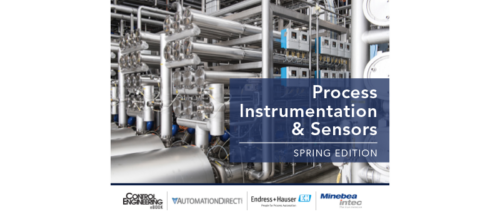Level sensing technologies
There are many different ways to measure the level of products in industrial storage and process vessels. One of the most commonly used devices is the differential pressure transmitter mfortable’ technology is fairly accurate and dependable when used to measure the level of clean liquids. However, density compensation is required for accurate measurements. New installations require additional piping and isolation valves that add to initial installation cost.
One of the simplest devices for measuring level is the float . Floats are classified by the type of position sensor (reed switch, cable-and-pot, magnetostrictive, and sonic or radar). Advantages to using floats are unlimited tank height, excellent accuracy (depending on the float type), and comparatively low cost. However, they are intrusive sensors. Additionally, these mechanical devices are subject to wear, corrosion, mechanical failure, and ‘getting stuck.’ Floats are subject to material buildup which can effect their weight and therefore, accuracy.
Application can narrow choice Related to the float principle of level measurement is the displacer . Displacer technology is based on Archimede’s principal. Although they have fewer moving parts than typical float devices, actual mechanical motion is limited. Displacers are frequently placed in external ‘cages,’ which can affect accuracy if the vessel/cage level is misaligned. Long-span displacement devices may be very expensive.
Sonic instruments interfere with the signal path. Sonic devices are noncontact and minimally intrusive. Dust, solvent vapors, foam, surface turbulence, and ambient noise effect accuracy. Elevated process temperatures can limit application.
Radar-based devices beam microwaves at the process material’s surface. A portion of that energy is reflected back and detected by the sensor. Time for the signal’s return determines the level. Technologies in use include:
Frequency Modulated Continuous Wave–FMCW is very accurate, ignores vapors, and is immune to changes in physical characteristics (except dielectric constant) of process materials. Applications include ‘still,’ but not turbulent, fluids. Cost is quite high in comparison to other technologies ($5,000-$10,000 per point).
Pulsed Time of Flight–PTOF is lower powered and lower priced. Due to its lower power, its performance can be limited by the presence of vessel obstructions, agitation, foam, elevated pressure, and low dielectric materials (Dielectric constant less than 2).
Time Domain Reflectometry (TDR)–Unlike FMCW and PTOF, TDR is an intrusive measurement that uses a rod or flexible cable to ‘channel’ the microwave pulse. It can measure normal (low K on top) interface levels in immiscible fluids. It is low cost, can measure long spans, and provides good performance in lower dielectric materials.
Some methods intrude Radio frequency (RF), based on capacitance or admittance, can handle a wide range of process conditions. Process temperature and pressure are limited only by the material system of the sensing element. Level transmitters of this type sense the change of electrical impedance that occurs with the change of level on the sensor. RF devices ignore material buildup on sensor and work with all types of process material. It is an intrusive technology.
Teresa Parris, marketing communications manager, and John Roede, application engineer, Drexelbrook Engineering Co., a supplier of level sensing devices.
Do you have experience and expertise with the topics mentioned in this content? You should consider contributing to our CFE Media editorial team and getting the recognition you and your company deserve. Click here to start this process.


